Imagine a world where almost every powerful figure, every worker, every leader, and every decision-maker is female. Sounds like the plot of a futuristic novel, right? Yet, this is the everyday reality inside an ant colony. These tiny creatures, scurrying underfoot or building complex cities beneath your lawn, live in societies where females dominate every aspect of life. If you’ve ever watched a long line of ants carrying crumbs back to their nest or wondered who’s really in charge beneath the soil, get ready for some surprising truths. The world of ants is a matriarchy so profound, it would put many human societies to shame.
The Secret Society Beneath Our Feet
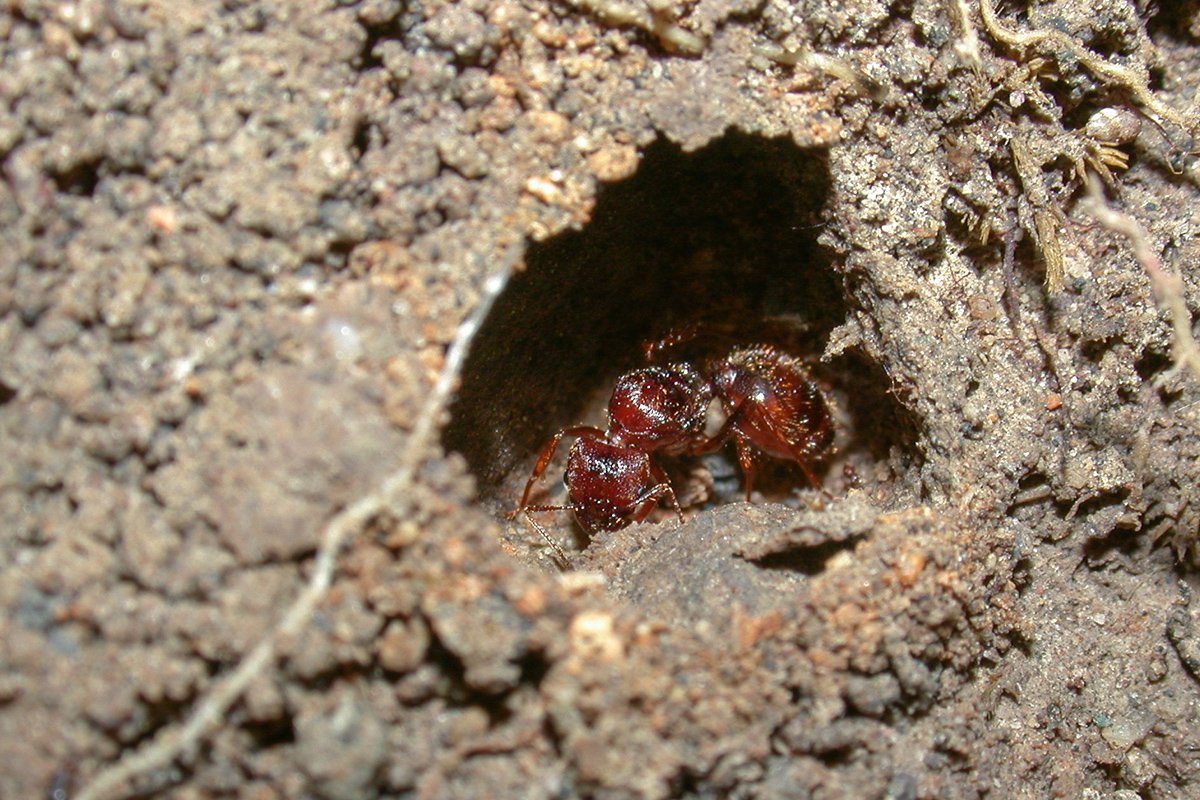
Beneath the surface of lawns, forests, and sidewalks lies a hidden world governed by ants. Most people never think about what goes on in these underground labyrinths, but they are bustling with life and activity. Each colony can contain thousands, sometimes millions, of individuals, all working in a staggeringly organized manner. What’s truly astonishing is that the vast majority of these ants are female. Males are few and serve a very specific, short-lived purpose. The females, on the other hand, are the workers, soldiers, and queens who keep the whole operation running. It’s a silent empire, ruled and maintained by the diligence and cooperation of its female citizens.
Meet the Matriarch: The Queen Ant’s Role
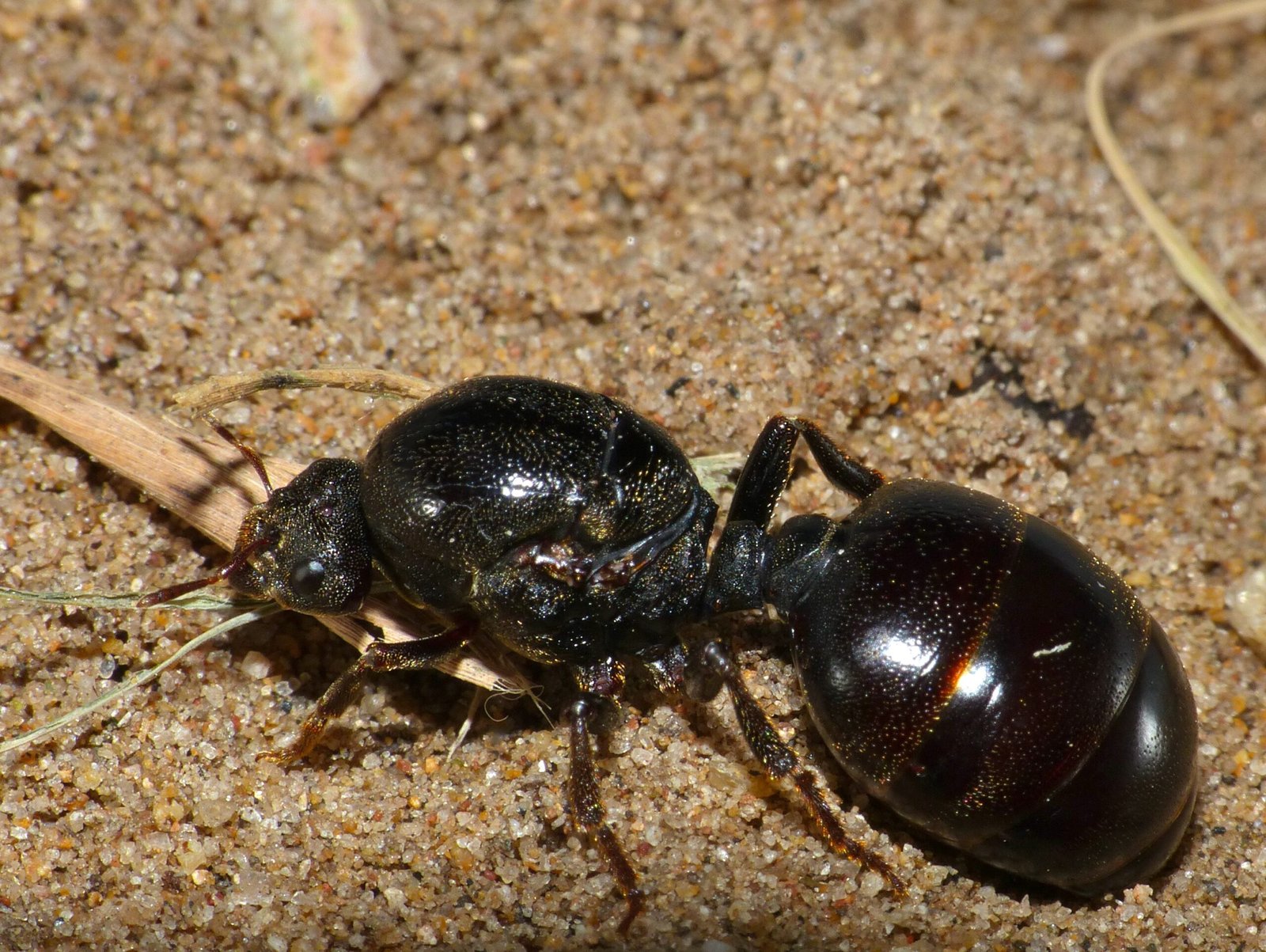
At the heart of every ant colony lies the queen—a single, powerful female whose main job is to lay eggs. She can live for years, sometimes decades, far outlasting her daughters and sons. The queen starts her life as a winged princess, leaving her birth colony in a spectacular event called a nuptial flight. After mating, she sheds her wings and finds a place to start a new colony. From then on, her existence is mostly hidden, deep within the nest, tirelessly laying thousands of eggs. Her presence and the chemicals she produces keep the colony united and organized. Everything revolves around her, but she’s not a tyrant—she’s a life-giver.
Workers: The Tireless Female Majority
If you spot ants marching in a line, carrying food, or guarding their territory, you’re watching female workers in action. These ants are sterile females, and they make up the backbone of the colony. They forage for food, care for the young, build and repair the nest, and defend against invaders. Their lives are a blur of constant motion and purpose. Each worker’s role can change as she ages, starting as a nurse for the brood and eventually becoming a forager or soldier. Their adaptability and work ethic are nothing short of inspiring. Imagine an entire workforce that never takes a day off, never complains, and always puts the colony first.
Sisters Over Brothers: The Gender Imbalance Explained
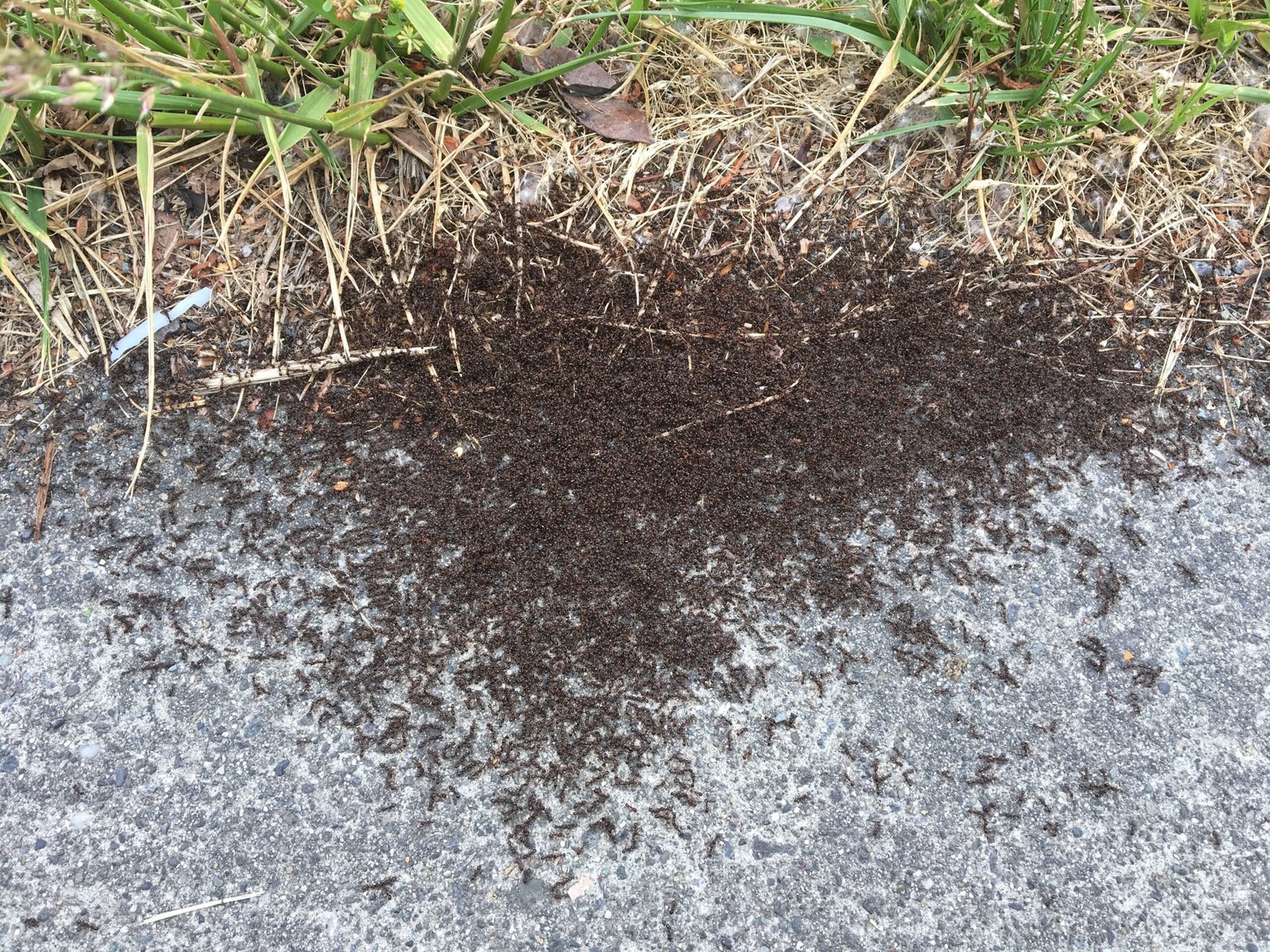
Why are most ants female? It all comes down to genetics. Ants, like bees and wasps, are part of the Hymenoptera order and have a quirky way of determining sex. Females develop from fertilized eggs, while males hatch from unfertilized ones. This means queens can control the colony’s gender ratio by deciding which eggs to fertilize. Since males are only needed briefly for mating, the colony invests heavily in producing useful females who will work, defend, and nurture. This evolutionary strategy ensures that resources aren’t wasted on individuals who won’t contribute long-term to the colony’s success.
The Disposable Males: Life of an Ant Prince
Male ants, often called drones or princes, live a life that’s shockingly short and single-minded. Their only real purpose is to mate with a queen during the nuptial flight. Once their job is done, their bodies become expendable, and they die soon after. Unlike the hard-working females, males don’t help build or maintain the nest, forage for food, or protect the colony. It’s a brief, flashy existence—filled with potential, but over in the blink of an eye. In the grand scheme of the colony, males are a mere footnote in the story dominated by females.
How Ants Communicate and Organize
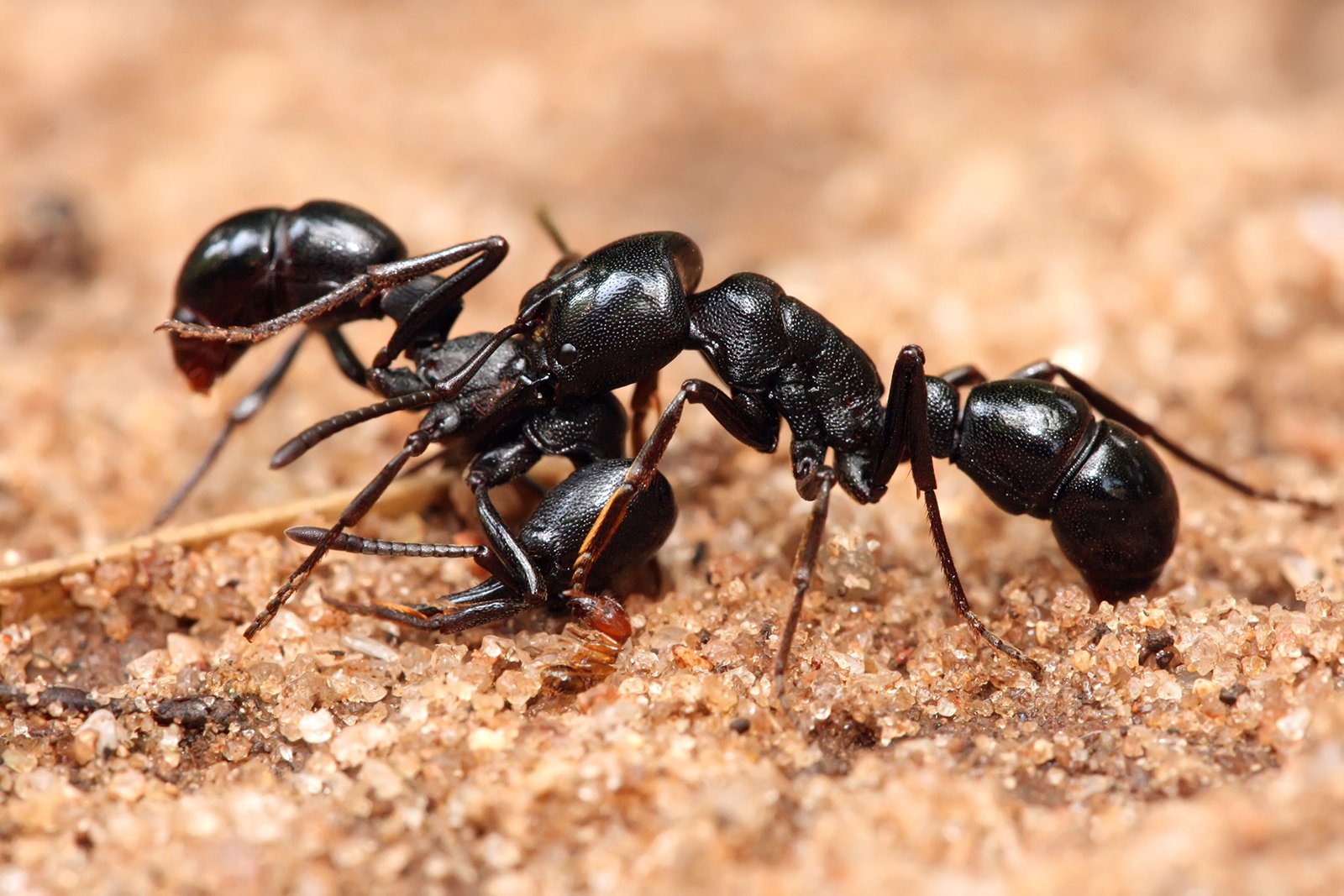
With so many individuals working together, you might wonder how chaos doesn’t break out. The answer lies in a sophisticated system of chemical signals called pheromones. Female ants use these invisible cues to organize everything from foraging trails to alarm calls and even caring for the young. A single whiff of a pheromone can send dozens of ants running to defend their home or direct them to a newly discovered food source. Their communication system is so effective that scientists have compared it to a living computer, with thousands of female workers acting as the circuits.
Division of Labor: Specialization Among Females
Within a colony, not all female ants do the same job. Some are destined to be nurses, tending to larvae and eggs, while others become foragers, venturing outside the nest in search of food. Still others act as soldiers, defending the colony from threats. This division of labor is flexible and can change based on the needs of the colony. For example, if food is scarce, more ants might become foragers. It’s like a perfectly synchronized dance, where every female knows her role and can switch hats when required.
Building the Colony: Female Architects and Engineers
The intricate tunnels and chambers of an ant nest don’t just appear out of nowhere. Female workers painstakingly dig, shape, and maintain these structures. Using their powerful jaws, they move grains of soil, sand, or leaves, creating a network that can rival human cities in complexity. Some species build towering mounds, while others create underground fortresses with multiple exits and air vents. Their architectural feats are stunning, especially considering their tiny size. Each tunnel and chamber is designed for a specific purpose—nurseries, food storage, or even royal chambers for the queen.
Guardians of the Nest: Female Soldiers in Action
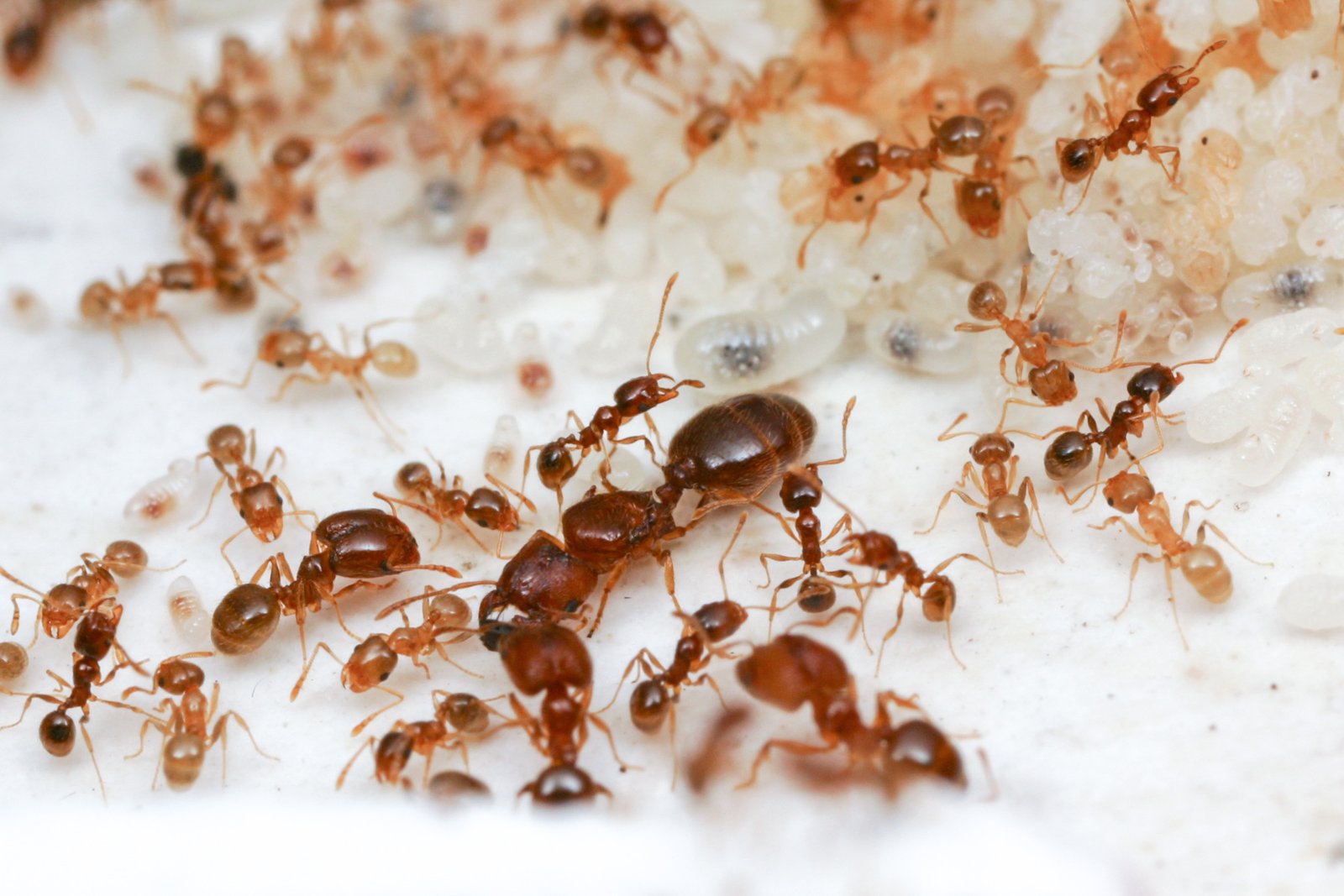
When danger threatens, it’s the female soldiers who step up to defend the colony. These ants are often larger and stronger than their sisters, equipped with powerful mandibles or even stingers. They patrol the nest’s entrance and react instantly to intruders, whether it’s another ant species, a hungry spider, or a curious human. Their bravery is legendary—many will fight to the death to protect their home and queen. It’s a reminder that in the ant world, power and courage are distinctly feminine traits.
Raising the Next Generation: Ant Nurseries
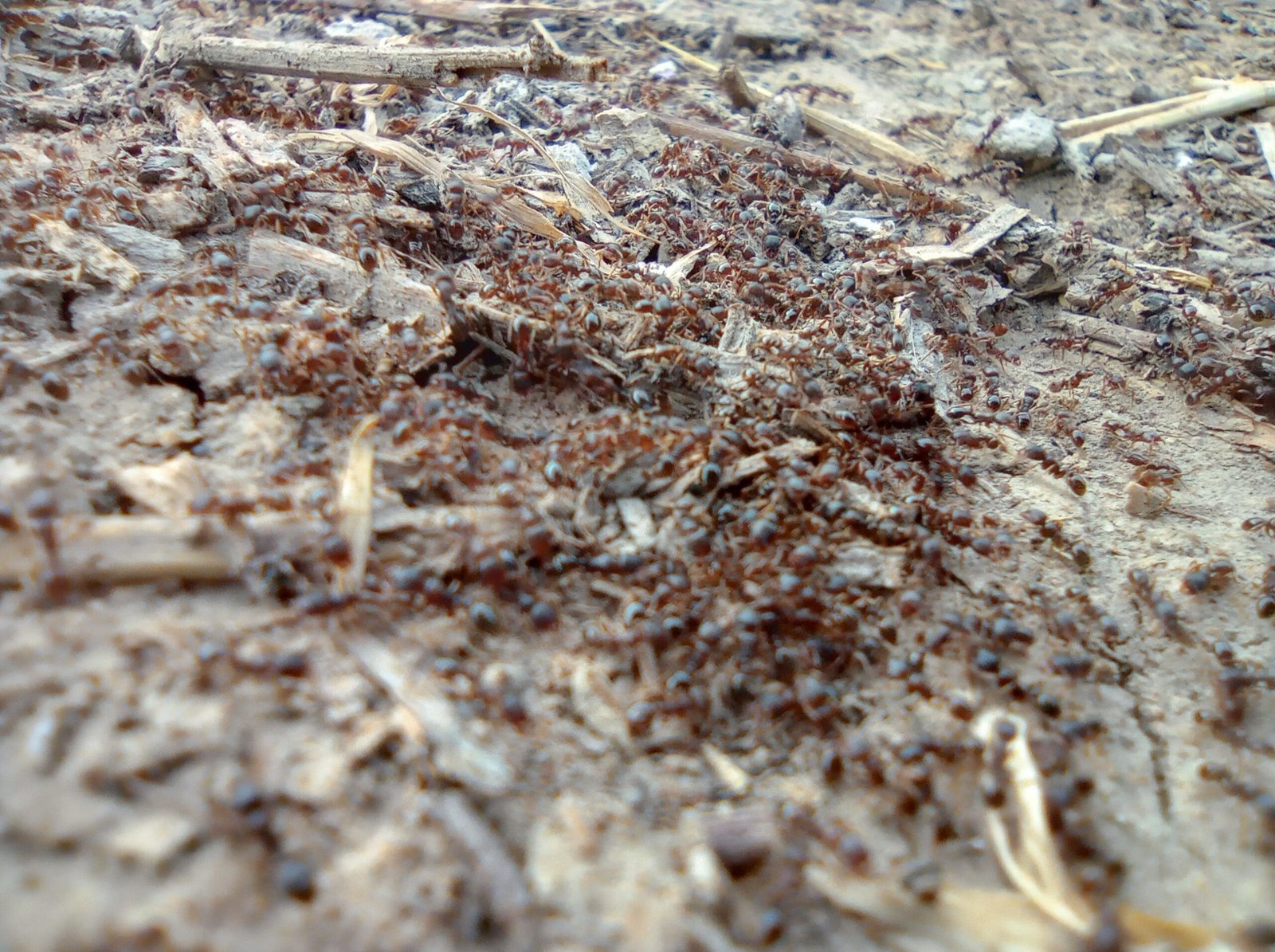
Deep inside the colony, a bustling nursery is always at work. Female nurse ants care for eggs, larvae, and pupae, cleaning them, feeding them, and moving them to safer or warmer parts of the nest as needed. The level of devotion is extraordinary. Some species even produce special “milk” from their own bodies to feed the youngest larvae. These nurseries are the future of the colony, and the nurses treat their tiny charges with gentle precision, ensuring that the next generation of workers and queens will thrive.
Ant Societies: A Model of Cooperation

The success of an ant colony depends on cooperation, not competition. Female ants work together seamlessly, often sacrificing their own comfort or lives for the good of the whole. There’s no rivalry or infighting—just a shared sense of purpose. This unity is why ants have survived and thrived for millions of years, adapting to nearly every continent except Antarctica. Their cooperative spirit could teach humans a thing or two about teamwork and selflessness.
The Power of Pheromones: Chemical Commanders
Pheromones are the secret weapon of ant society. Female ants lay down chemical trails to lead others to food, warn of danger, or even signal when the queen needs care. These invisible messages are so precise that a single molecule can alter the behavior of thousands of ants. Ants “read” these signals through their antennae, instantly reacting and passing the message along. It’s like an invisible, high-speed internet, connecting every member of the colony in real time.
Colony Expansion: When Females Take Flight
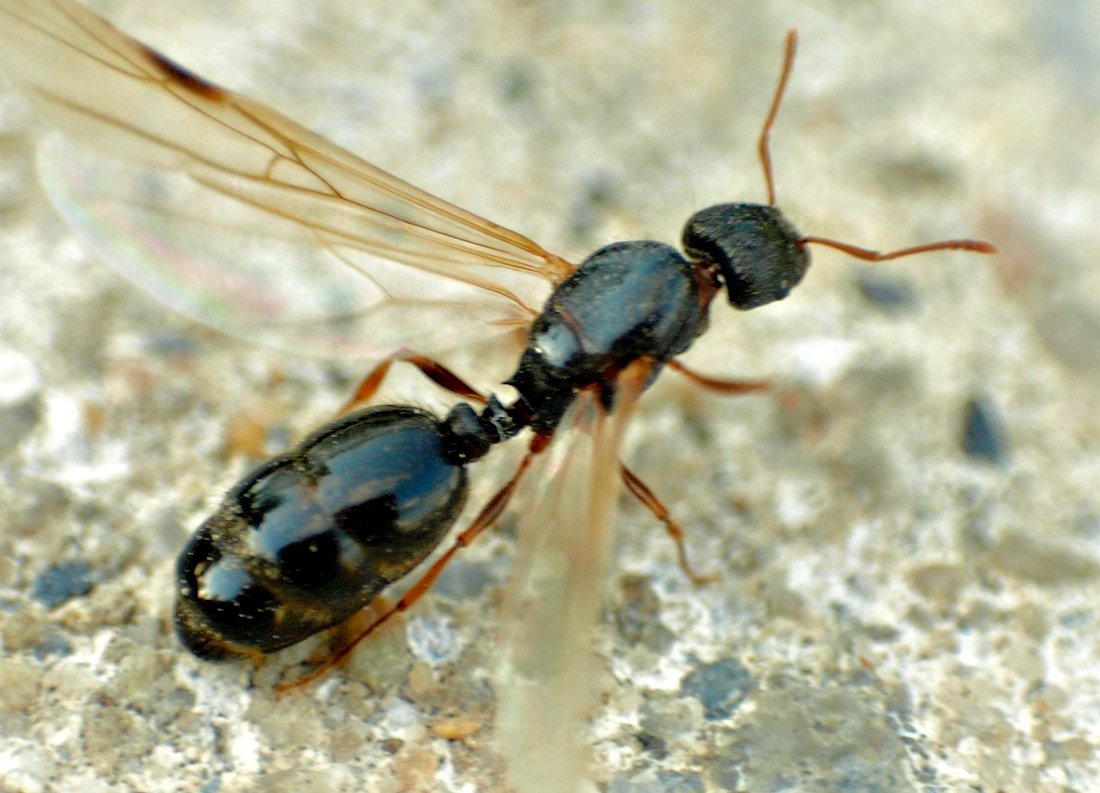
Every so often, ant colonies produce a new generation of winged females, known as princesses. These young queens leave the nest in a dramatic nuptial flight, mating with males from other colonies high above the ground. After this airborne romance, the males die, and the fertilized queens land to start new colonies. It’s a risky venture—most won’t survive—but those who do become the founders of new dynasties, carrying the matriarchy forward.
Ant Intelligence: Collective Female Wisdom
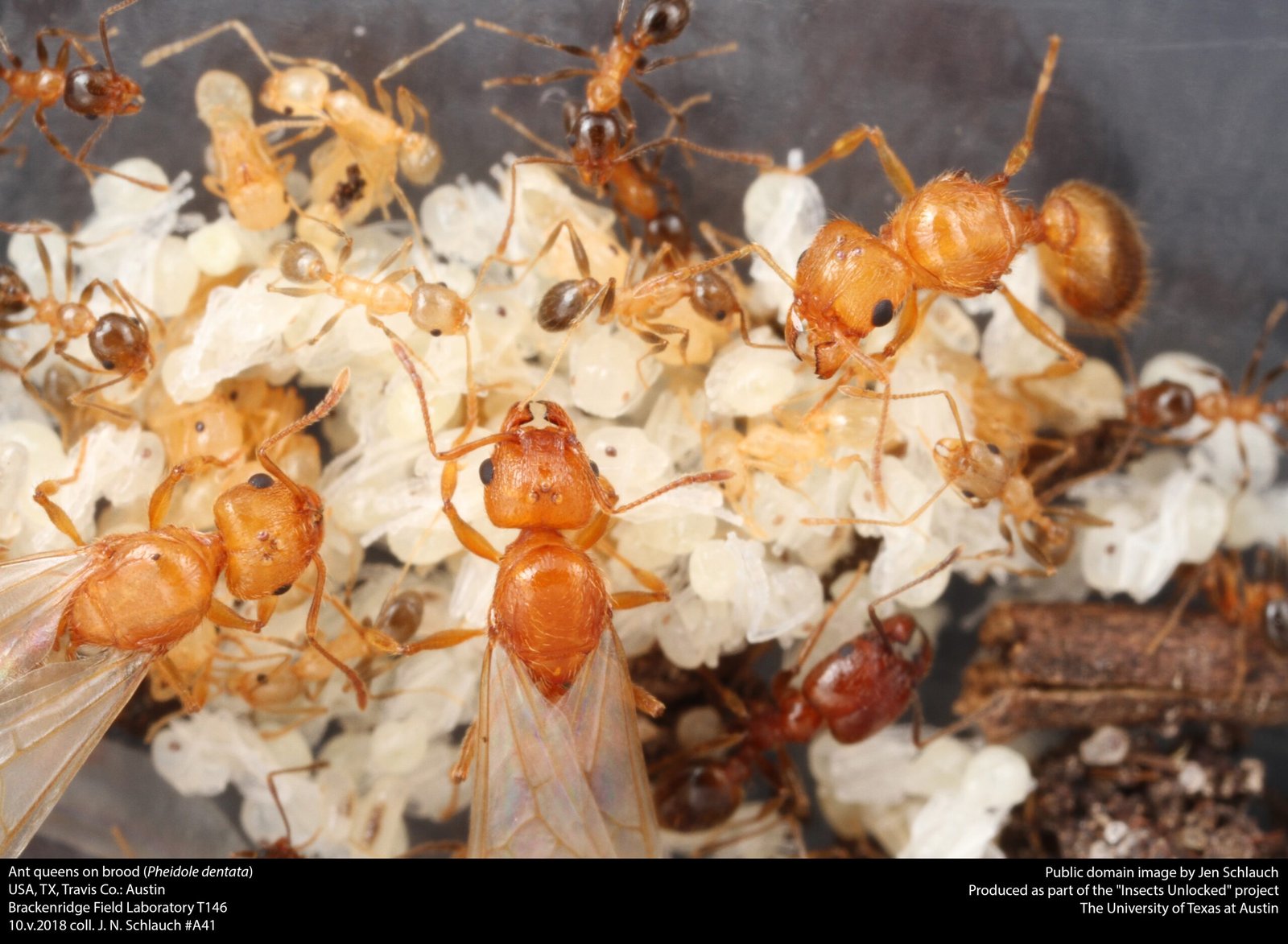
Individually, an ant might seem simple, but together, female ants display a remarkable collective intelligence. They solve complex problems, find the shortest paths to food, and even organize defense strategies. Scientists have studied ant colonies as models for artificial intelligence and robotics, inspired by how thousands of females can coordinate without a central leader. Their “swarm intelligence” is efficient, adaptable, and surprisingly creative.
Ants in Our World: Unsung Female Heroes
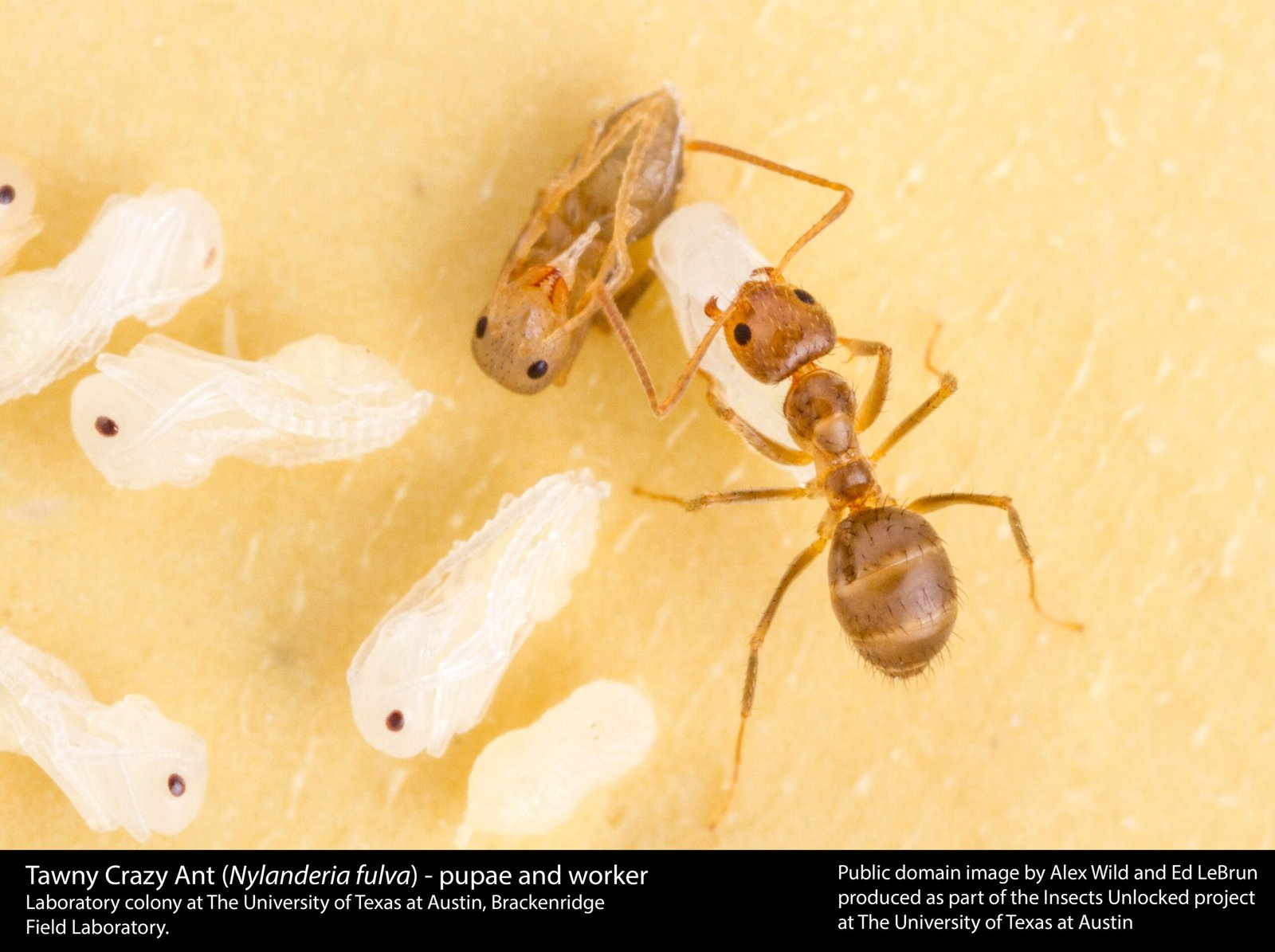
Despite their tiny size, ants—especially their female workers—are ecological powerhouses. They aerate the soil, recycle dead plant and animal matter, and disperse seeds. Some species even protect crops by preying on pests. Without ants, many ecosystems would collapse. Their hard work, often invisible to us, keeps forests and fields healthy. The next time you see a trail of ants, remember that you’re witnessing the efforts of millions of unsung female heroes.
Stories from the Wild: Remarkable Female Ant Species
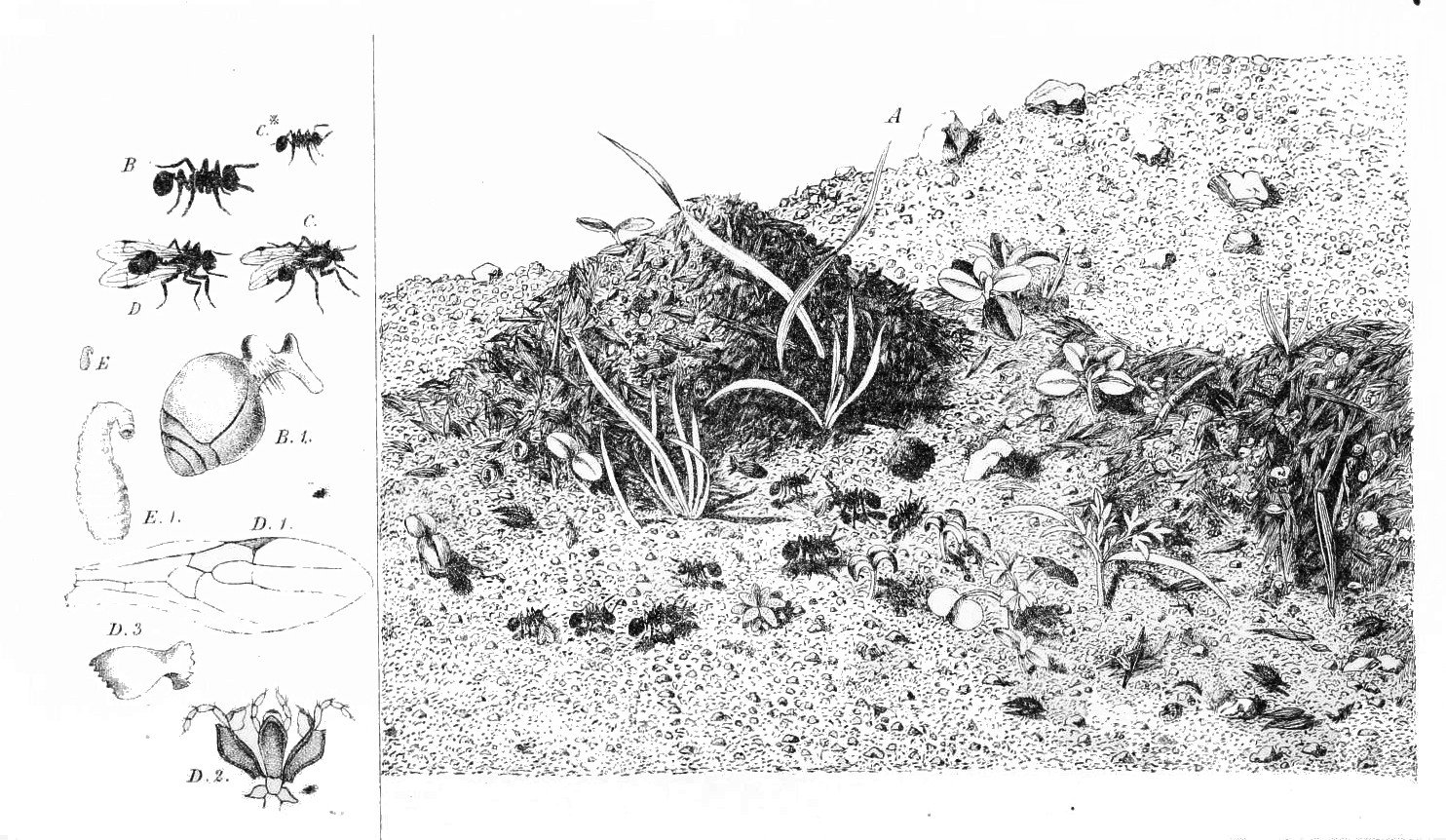
Not all female ants are created equal. Some, like the army ants of South America, form massive swarms that march across the jungle floor, devouring everything in their path. Others, like the weaver ants of Asia, create nests by stitching leaves together using silk produced by their larvae. There are even “slave-maker” ants whose female workers raid other colonies to steal young ants and put them to work. Each species has its own incredible story, but the common thread is the power and versatility of its female members.
The Ant Matriarchy: Lessons for Humanity
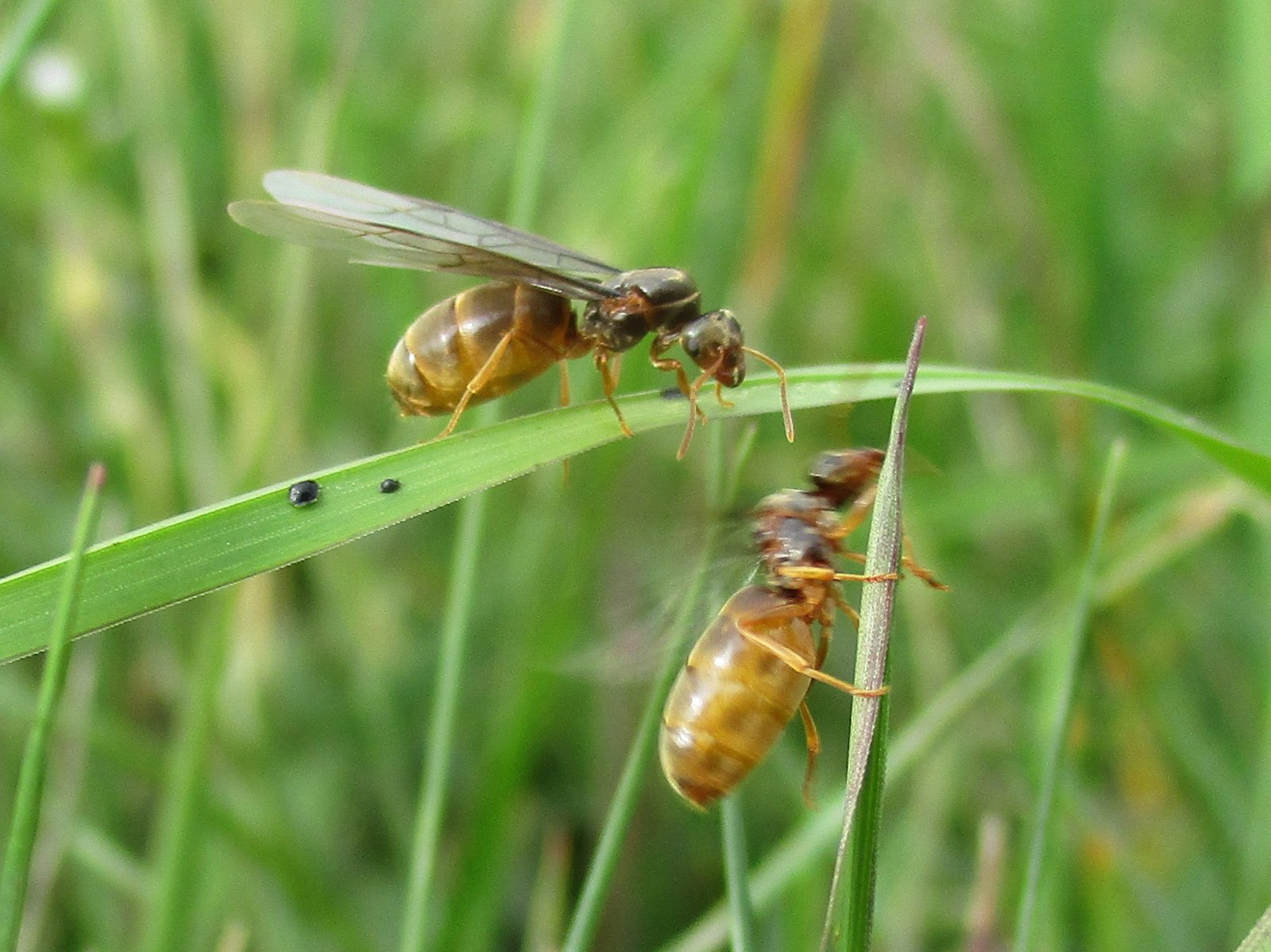
The world of ants is a testament to the strength, resilience, and ingenuity of females. These tiny creatures have built empires that span the globe, all under female leadership. Their societies challenge our assumptions about gender and power, showing that cooperation, adaptability, and hard work can achieve wonders. Next time you spot an ant, take a moment to marvel at her story—one of teamwork, sacrifice, and silent strength.



